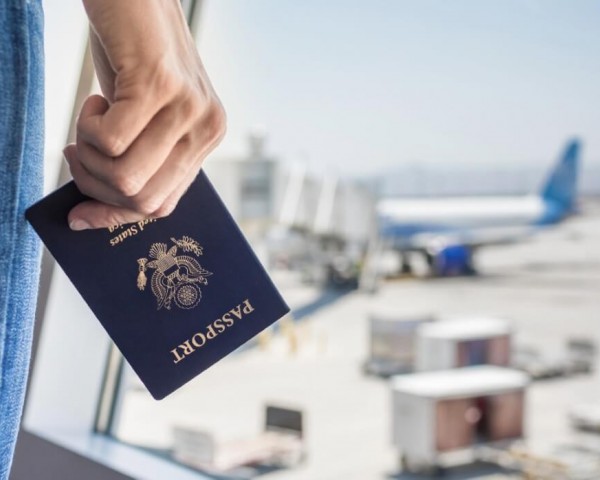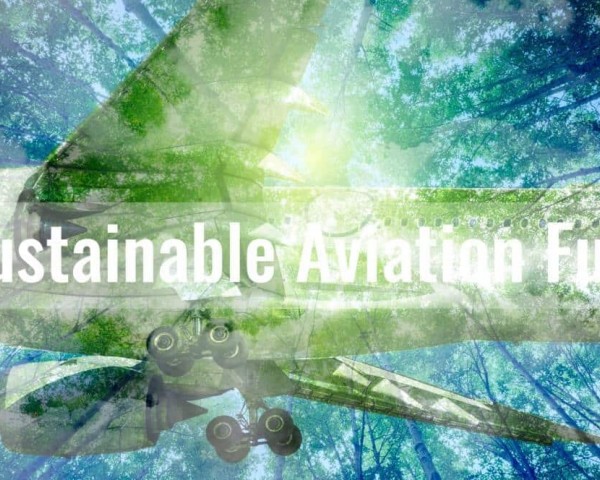Southeast Asia tourism: Malaysia booming, Thailand struggling
From the vibrant night markets of Kuala Lumpur to the sun-drenched beaches of Bali, Southeast Asia is once again a major player in global tourism. After the pandemic subsided, ASEAN countries are experiencing a significant increase in both visitor numbers and income, driven by effective government strategies, digital developments, and a growing emphasis on sustainable tourism options. The return of Chinese tourists has boosted this recovery and turned it from a slow start into a strong expansion.
Impressive numbers of regional reconstruction
The first half of 2025 saw impressive statistics for Southeast Asia’s tourism industry, with international arrivals and revenue exceeding pre-pandemic levels in several destinations. Malaysia overtakes Thailand as the top destination in ASEAN. Specifically, the country welcomed 28.2 million tourists in the first eight months, indicating a 14.5% year-on-year increase. The increase is attributed to streamlined visa processes, aggressive marketing efforts, and the large number of Chinese visitors, filling hotels from Penang to Langkawi. With that in mind, Malaysia plans to attract 30 million international tourists by 2030.
Vietnam is growing rapidly, showing the fastest growth in the Asia-Pacific region. The country hosted 10.7 million international tourists in the first half of the year, a 21% increase over the previous year. Simplified visa regulations and effective digital campaigns have attracted high-net-worth tourists, including wealthy entrepreneurs and travelers, who visit Hanoi cafes and Ha Long Bay cruises, contributing significantly to the economy.
However, not all reports on Southeast Asian tourism are entirely positive. Thailand, a consistently popular destination, experienced a slight decline of 6.9% to a total of 20.2 million in August. This drop is believed to be due to border issues and strong bots. Despite this, the kingdom’s finances remain healthy, thanks to income from attractions such as Bangkok’s street food, Pattaya’s nightlife, and Phuket’s beaches, keeping the focus on quality over quantity.
The Philippines showed resilience despite the tropical storm earlier in the year. Official figures from January to June show nearly 3 million arrivals, the same as in 2024, but immigration data suggest a more positive trend with nearly 7.84 million visitors, an 8% increase. Tourism revenue has already exceeded pre-Covid levels, indicating a strong recovery despite natural challenges.
Singapore remained an important regional hub, attracting 9.78 million visitors in the first quarter, although revenue experienced a slight decline of 0.1%. Its blend of business performance and luxury offerings continues to appeal from Marina Bay Sands to Sentosa’s eco-trails.
Bali is a big draw for Indonesia, with more than 4 million tourists contributing to 7.05 million arrivals in the first half of the year, a 9.44% national increase. Yoga retreats and volcano hikes on the island remain popular, boosting the country’s financial interests.
Small countries also perform well. Cambodia saw 3.36 million tourists, an increase of 6.2%, attributed to improved infrastructure and targeted promotional campaigns. On the other hand, Laos saw a significant 28% increase to 2.36 million visitors, driven by travelers from Thailand and Vietnam as well as Chinese tourists. Officials estimate that the year’s goal will be exceeded by 4.3 million visitors, generating more than $1 billion in foreign tourism revenue.
Southeast Asia’s tourism policy developments are paying off
These successes are supported by strategic policies. ASEAN countries have facilitated travel with visa waivers and benefits on arrival, simplifying regional travel. The ASEAN Tourism Agreement provides a framework, and a “single tourist visa” pilot program, similar to the Schengen area, is planned for 2026, offering e-visas for all 10 member states.
Digital technology plays an increasingly important role. Thailand and Singapore are leading the way with apps for easy booking and AR-enhanced tours, turning smartphones into personal guides. Vietnam’s online efforts have attracted tech-savvy millennials, while Indonesia’s platforms feature lesser-known niches.
Sustainability is also a key focus, although implementation is still ongoing. Southeast Asia’s economic engine is indeed fueled by tourism, although its impact is not uniform everywhere. From community-run jungle tours in Cambodia to the allure of plastic-free beaches in the Philippines, there is of course a growing appeal for conscious travel experiences alongside relaxation. This focus not only supports environmental sustainability but also empowers local communities, such as Balinese artists and Laotian families who offer homestays.
Unequal economic impacts of tourism
Statista predicts significant growth, with Southeast Asia’s tourism market estimated to reach $33.86 billion this year and likely to reach $58.13 billion by 2030. However, the benefits are not spread evenly.
Thailand and Malaysia, already tourism powerhouses, rely on well-established infrastructure and international networks. For them, tourism creates sustainable job creation and economic stability.
Indonesia and Vietnam are experiencing tourism-driven booms in specific regions—local economies are growing significantly around popular destinations. Still, growth disparities persist between urban centers and more rural areas.
In Cambodia and Laos, tourism is vital. It generates foreign exchange, provides employment, and supports social development in economies that may be less diverse. Changes in tourism can have important consequences.
According to Fan Fai and He Wenqiang at Wuhan University, the impact of tourism is not uniform but depends on the circumstances of each country. Across ASEAN, it is a key driver of recovery, linking economic empowerment with cultural preservation.
The future of Southeast Asia does not depend on figures alone; It reflects resistance. As more Chinese tourists travel and borders become accessible, the attractions of the area are undeniable. For travelers, adventure is definitely back and maybe even better than ever.




Post Comment